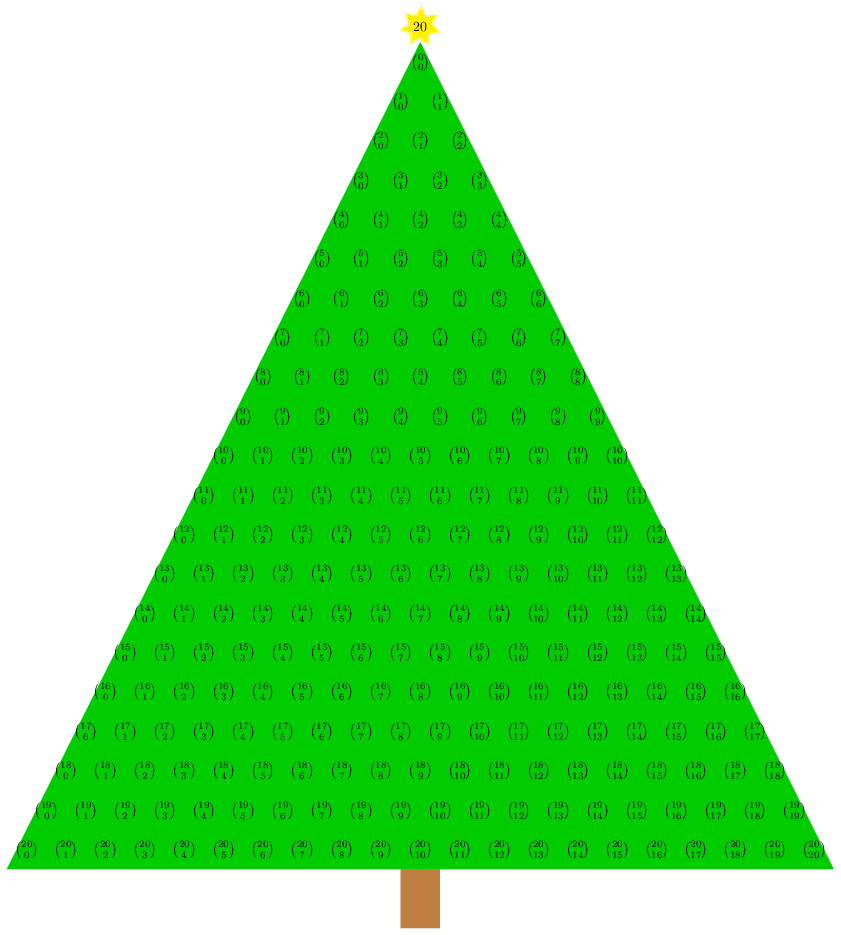I am a big fan of the old-school games and I once noticed that there is a sort of parity associated to one and only one Tetris piece, the $\color{purple}{\text{T}}$ piece. This parity is found with no other piece in the game.
Background: The Tetris playing field has width $10$. Rotation is allowed, so there are then exactly $7$ unique pieces, each of which is composed of $4$ blocks.
For convenience, we can name each piece by a letter. See this Wikipedia page for the Image ($\color{cyan}{\text{I}}$ is for the stick piece, $\color{goldenrod}{\text{O}}$ for the square, and $\color{green}{\text{S}},\color{purple}{\text{T}},\color{red}{\text{Z}},\color{orange}{\text{L}},\color{blue}{\text{J}}$ are the others)
There are $2$ sets of $2$ pieces which are mirrors of each other, namely $\color{orange}{\text{L}}, \color{blue}{\text{J}}$ and $\color{green}{\text{S}},\color{red}{\text{Z}}$ whereas the other three are symmetric $\color{cyan}{\text{I}},\color{goldenrod}{\text{O}}, \color{purple}{\text{T}}$
Language: If a row is completely full, that row disappears. We call it a perfect clear if no blocks remain in the playing field. Since the blocks are size 4, and the playing field has width $10$, the number of blocks for a perfect clear must always be a multiple of $5$.
My Question: I noticed while playing that the $\color{purple}{\text{T}}$ piece is particularly special. It seems that it has some sort of parity which no other piece has. Specifically:
Conjecture: If we have played some number of pieces, and we have a perfect clear, then the number of $\color{purple}{\text{T}}$ pieces used must be even. Moreover, the $\color{purple}{\text{T}}$ piece is the only piece with this property.
I have verified the second part; all of the other pieces can give a perfect clear with either an odd or an even number used. However, I am not sure how to prove the first part. I think that assigning some kind of invariant to the pieces must be the right way to go, but I am not sure.
Thank you,

Best Answer
My colleague, Ido Segev, pointed out that there is a problem with most of the elegant proofs here - Tetris is not just a problem of tiling a rectangle.
Below is his proof that the conjecture is, in fact, false.